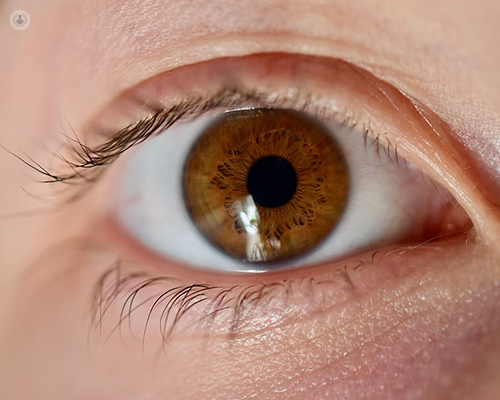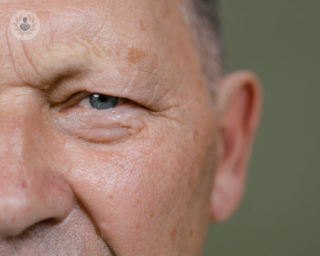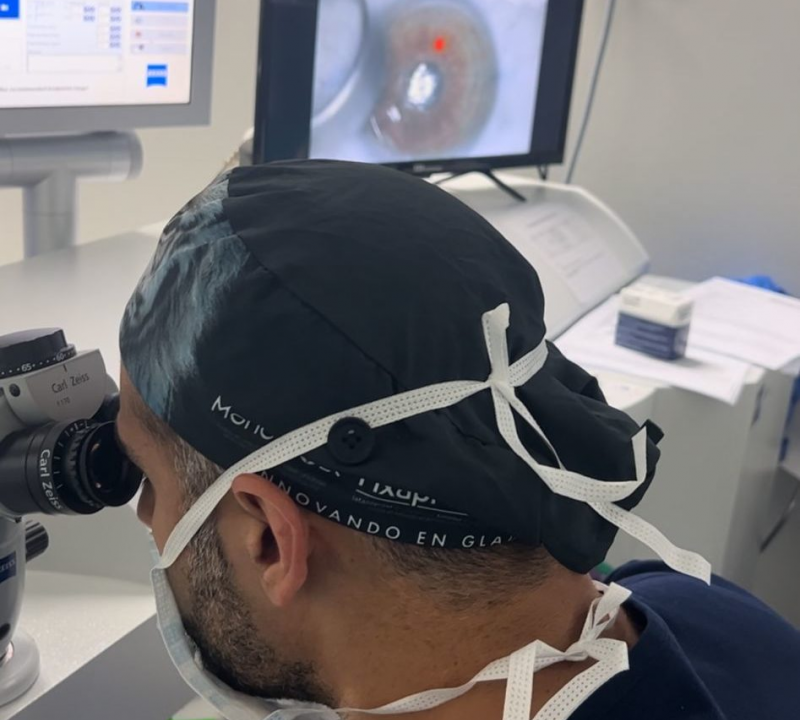Advances in the treatment of keratoconus: perspectives and innovative solutions
Keratoconus is a progressive ophthalmic condition in which the cornea thins and takes on a bulging conical shape. This disorder affects the corneal structure , altering its naturally round shape and resulting in deterioration of vision .
In its early stages, keratoconus can be managed with the use of glasses or contact lenses. However, as vision continues to deteriorate over time, intracorneal ring implantation may offer a more optimal solution.
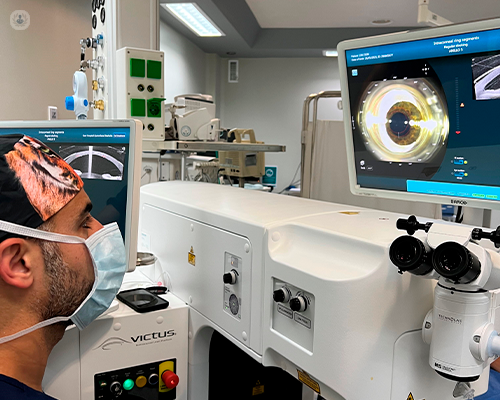
Delaying the progression of keratoconus through implantation of intracorneal devices
The implantation of intracorneal devices not only corrects vision in cases of keratoconus, but also offers an additional benefit by delaying its progression . This procedure provides an effective solution to treat residual vision problems associated with this condition, such as light sensitivity and blurred vision.
The implantation process consists of several meticulous steps followed by a highly qualified Ophthalmology specialist to ensure optimal results. It begins with the application of topical anesthetic drops to numb the eye, followed by the use of a special device that keeps the eye open without causing discomfort. A small incision is then made with an advanced laser system to gently separate the layers of the cornea. Finally, the rings are strategically placed to flatten the bump on the cornea, thus contributing to improving vision and slowing the progression of keratoconus.
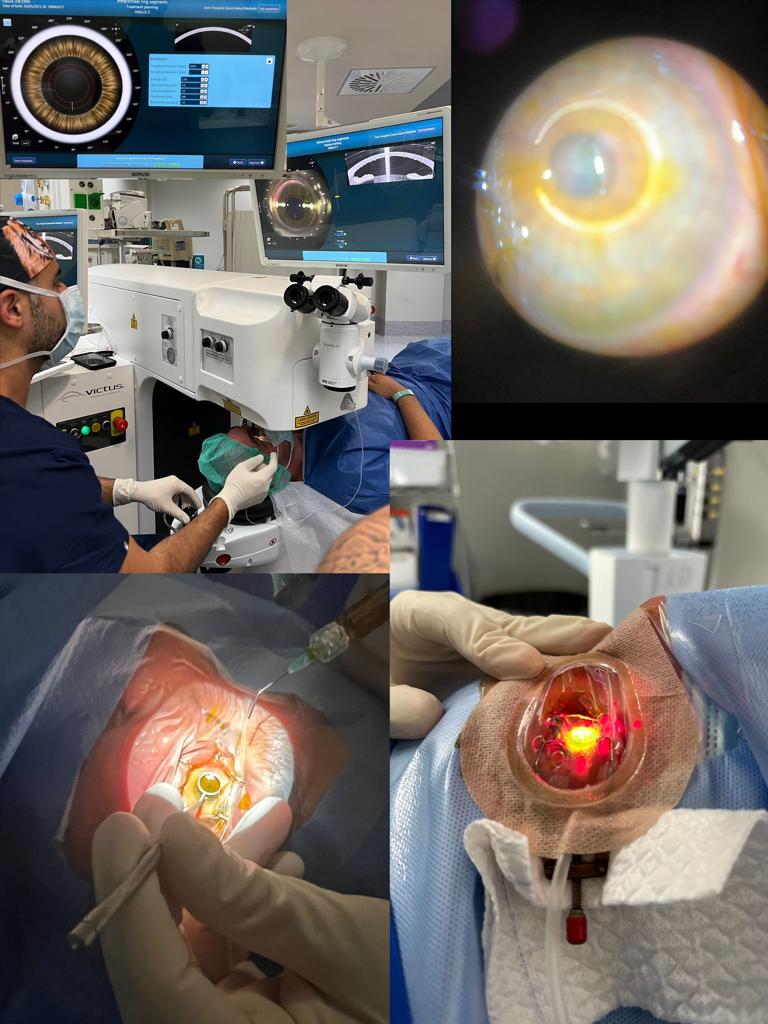
Benefits of intracorneal rings in the treatment of keratoconus
The careful and precise insertion of microthin, semicircular rings into the cornea offers a number of significant benefits in the treatment of keratoconus. These rings, when placed delicately, manage to flatten the cone-shaped protuberance , altering its shape and location.
Although the extent of keratoconus may influence the results, the insertion of the rings provides additional protection for the eyes , reducing the need for more invasive interventions. Although in some cases the continued use of glasses or contact lenses may be necessary, the cornea is now reinforced and protected from the most serious stages of the disease, offering a better quality of life to the patient.
Advanced Treatment Options for Keratoconus
The diagnosis of keratoconus can cause anxiety and worry about vision loss. In response to this concern, Dr. Ali Nowrouzi and his team are fully committed to providing cutting-edge solutions for this ophthalmic condition.
With a well-established reputation as one of the world's leading eye surgeons, Dr. Nowrouzi has dedicated his career to the treatment of keratoconus and other corneal pathologies. With years of experience and an active membership in the international keratoconus society, Dr. Nowrouzi employs modern, state-of-the-art techniques to address this progressive disease.
Keratoconus, an ectatic corneal disease that affects a considerable proportion of the population, presents unique challenges in its treatment. Although various techniques have been studied, such as intrastromal corneal ring segment (ICRS) and collagen cross-linking (CXL), Dr. Nowrouzi's focus is on methods such as topographic and wavefront-guided photorefractive keratectomy (ttPRK). ), often combined with phakic intraocular lens (pIOL) and CXL implantation.
While ICRS or PRK-crosslinking (CXL) protocols seek to normalize the shape of the cornea, Dr. Nowrouzi recognizes the importance of addressing refractive problems, especially in cases of high anisometropia. In this sense, phakic intraocular lenses (PIOLs) play a crucial role in the visual rehabilitation of patients with keratoconus, helping to overcome the challenges associated with significant refractive errors and anisometropia, which can limit the use of glasses.
More information here: pubmed.ncbi.nlm.nih.gov/37661651/
post on Top Doctors: topdoctors.es/articulos-medicos/avances-en-el-tratamiento-del-queratocono-perspectivas-y-soluciones-innovadoras


